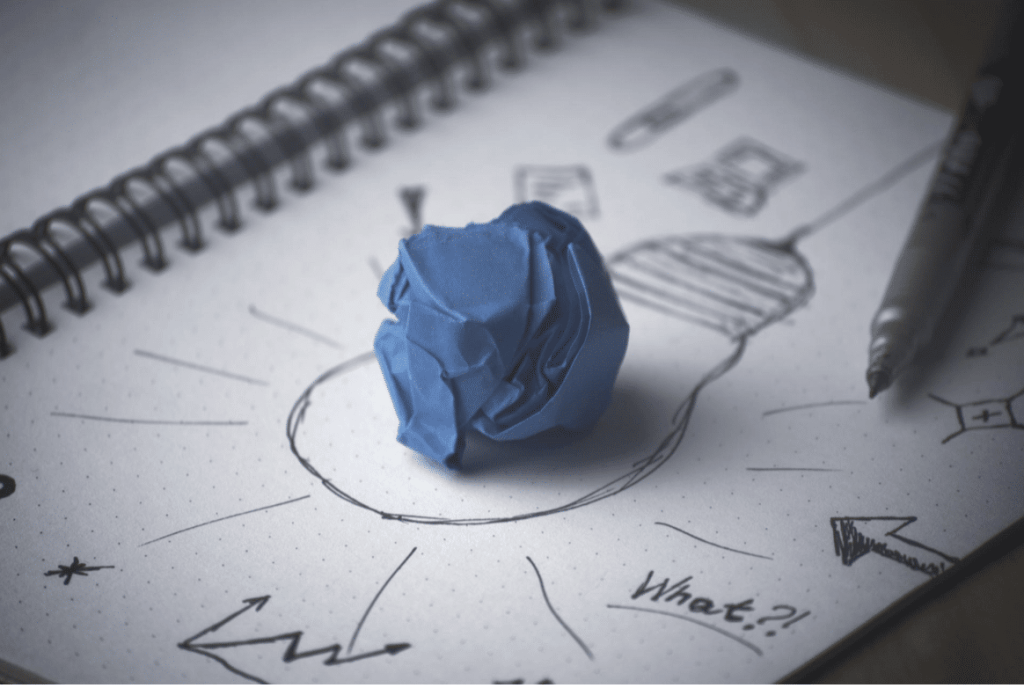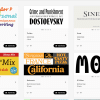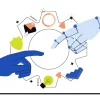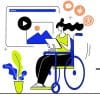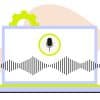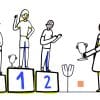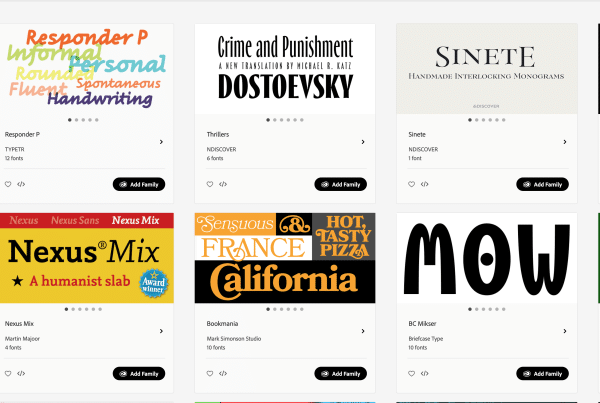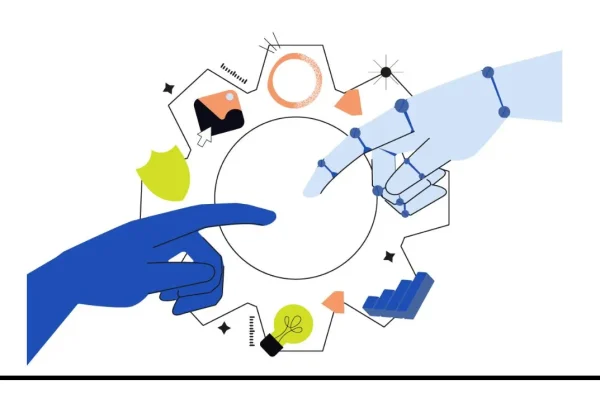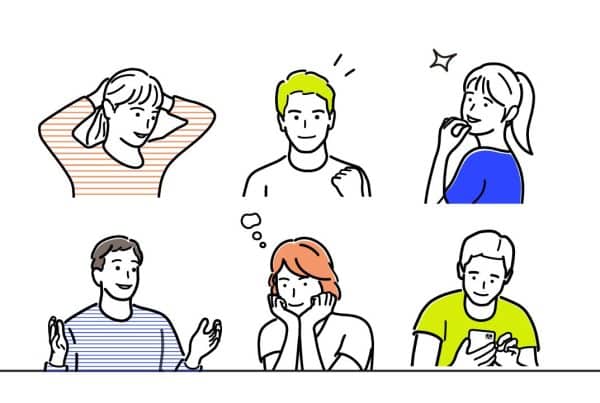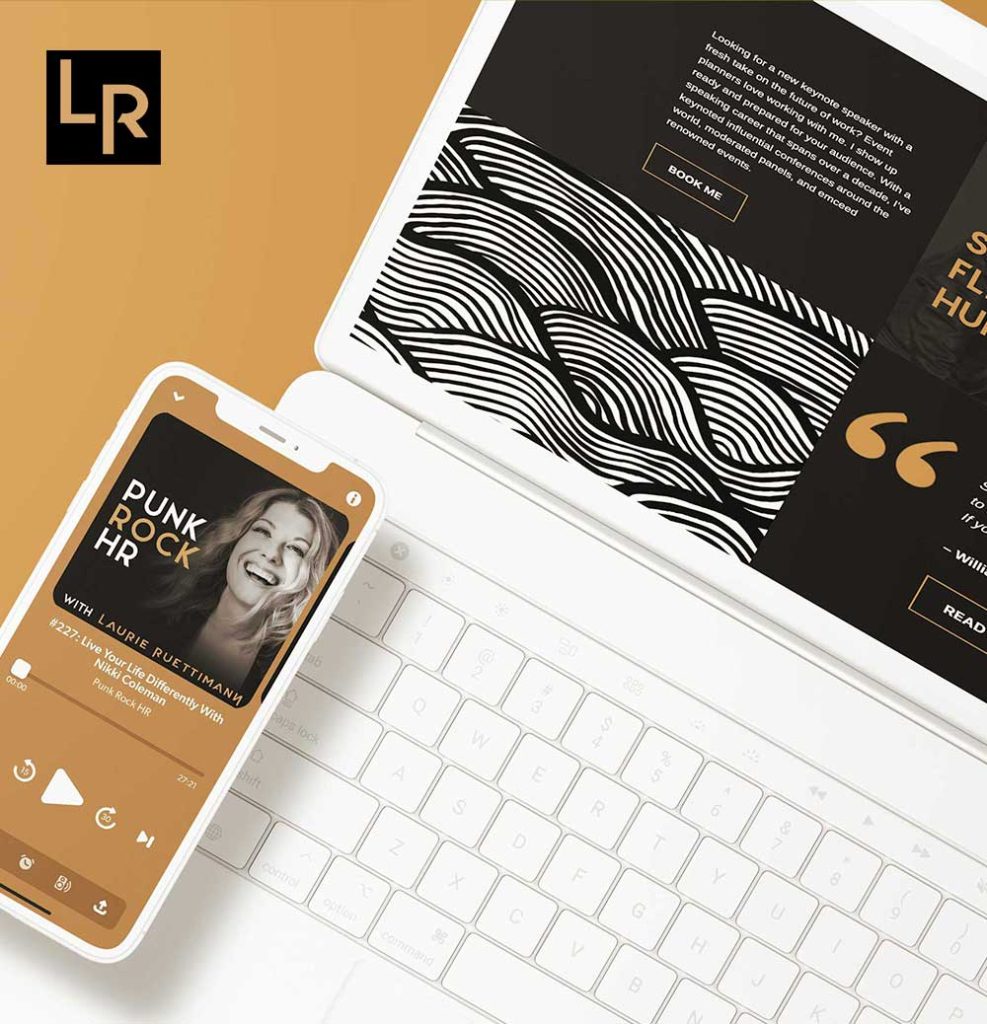Artists and clients engage in a two-way street when designing potential logos for brands, companies, and other organizations. As designers, there is a need to understand our customers and to know more than just the basic details about them. In turn, if you’re a client, we designers would appreciate it if you’re familiar with our style, and if you do know enough to help you decide if your vision for your logo design is better realized with the artistry that we have as designers.
For the curious, here’s what the process of collaboration is like between a designer and client working to come up with a fantastic and fitting logo or design, so to speak. If it is your first time to call on an artist for his or her take on your logo vision, then know that it takes a lot of communication on top of skill and talent to come up with a design that delivers. Designers may not necessarily agree on this process, as there is really no single approach to it, but here is an outline of what, more or less, happens in the course of designing a logo.
First off, we should all understand that any process of creating art is not something we can just replicate anytime anywhere. There are no guidelines, no standards, methods, or rulebooks for us to follow on the road to a successful collaboration. In any case, art remains an art even when we also involve it in business transactions. Every partnership and design experience are unique for both client and designer, even if we can pick up certain similarities. However, to come up with an output that will please our customers, which inevitably makes us happy as well, will depend on the following basic steps, which we based on the parallels and general practices we have observed from the number of design services we have provided in the past.
The Design Brief
In any transaction, the primary step is for designers to come up with questions and instructions that will outline what our client aims to accomplish at the end of a project. So to begin any planning, proper and clear communication between both parties must ensue. As designers, we must be able to ask the right questions to get the right information we need from our clients. In turn, we’d prefer our customers to be knowledgeable enough to clearly explain what their intended logo design if for, what their business and its identity is all about, what their target market is, and what kind of image or personality do they want people to link to their brand. The answers to these questions are the kind of necessary information we’d want to bring about from our clients. The information will also help us know where to draw inspiration from and to guide us on how to go about with the design.
After arriving at a design brief, we can now decide whether we would proceed with the project or not. Clients may also take the time here to weigh things over and see if they’re on the same vantage point as the designers when it comes to the vision for the logo. If both client and designer agree to take on the project, then the next critical step is to research.
Taking it Further with Research
Now that we have our project brief at hand, and after an explicit agreement on proceeding with the next step of the design process, a bit of research will help our design. This part of the process is when we get to learn more about our client’s business, the industry they are a part of, and the goals and objectives they have as an organization or even as individuals. Designers would do well to learn even just a few details about our client’s business history and information on competitors in the industry. The material we get from this research will all serve as a guide to our logo design.
This guide will help us avoid incorporating into our design elements that are contrary to the image, characteristics, and values of our client’s business. The research step will also help us come up with a perfect logo that makes our client, their brand, or their product, stand out from all the other competitors in the market. This is a crucial move in the marketing industry, especially when it is, as others would say, already saturated. We may also conduct additional research on the techniques or style that a particular design will require as not all logos would look great in a certain way and not all would need a formal or corporate vibe as some designs are better off with a chill or relaxed personality. But then again, this is not a required step since there are designers who would rather follow their methods and aesthetics rather than incorporate other artists’ styles.
Think and Design
This next fundamental step takes up most of the design design process. It is now time for us logo designers to use the information we gathered prior this step. We might use the design brief together with the research information, or we might set them aside for a while as we look around for inspiration from perhaps something as ordinary as a stone or as amazing as an iris reflecting the universe.
This, however, is not necessarily the time for us to hide away and seclude ourselves in our workspace. This is also a time for us to keep communication with our clients open so we can update them with our design. It is going to be beneficial for both designer and client when we communicate with each other to check on the design, and if it’s going according to how our client envisioned. This will also keep us from finishing work that doesn’t deliver our client’s specifications. After the actual design part, we move to the next step, which is getting feedback.
Fuel the Logo Design with Feedback
Constructive criticisms are crucial in any process, particularly those with results that depend on customer preferences. If the earlier steps were closely followed, then there isn’t really any expected issue with our concept. If we still have to change something, then it should at least be a minor issue and both parties may expect the project to end soon. But if designers did not receive any feedback, and clients are not that happy at all upon submission of work, then more challenges are expected. This is why constant communication and feedback are needed to avoid frustrations and unnecessary difficulties. It’s also good to remember that there is no standard length of time for a designer and client to agree on the final output.
A Logo is born
After much negotiation, planning, and designing during the previous stages, both designer and clients will now have reached a point where just a final approval is needed. The last step is checking the brief for the customer to see if the expected deliverables are there. During this stage, the customers and designers will decide on how to end a contract, if any, and to resolve the technicalities in putting on record the completion of the project. It is during this part when the both parties’ working relationship is done. The whole project experience now becomes a valuable factor in determining if clients and designers will continue to engage in future projects.



